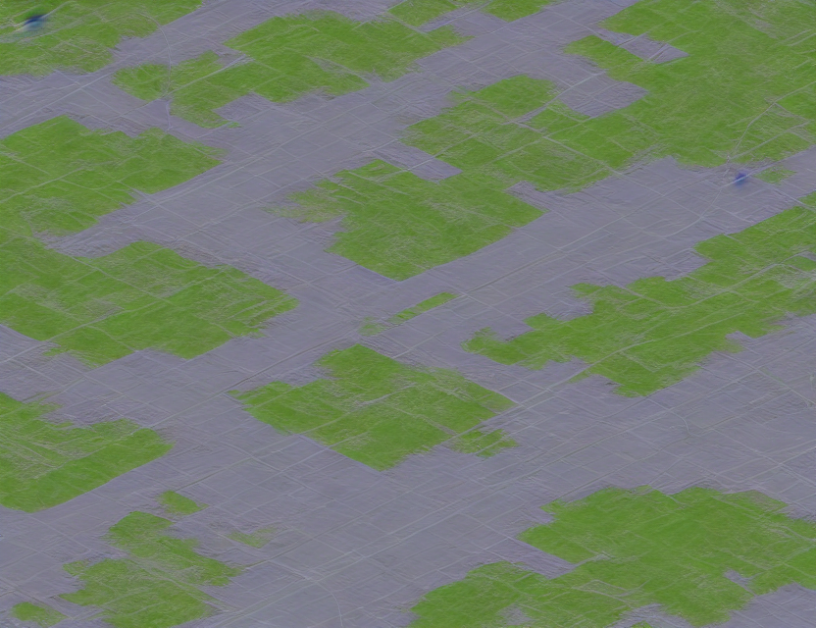In this article, we aim to demystify the complex concepts of maintaining C[i]’s in a dynamic graph. The main idea is that when updates occur in a graph, we need to efficiently update the C[i] structure to ensure it remains accurate and useful for solving shortest path problems. We use simple language and engaging metaphors to explain the concepts, making it accessible to an average adult reader.
Maintaining C[i]’s is like navigating a maze: as we move forward, new edges appear, and old ones disappear. To stay on track, we need to regularly update our understanding of the graph and adjust our route accordingly. In the context of dynamic graphs, updates can involve adding or deleting edges, which affects the C[i] structure. We use a heuristic to determine which roads are important and assign them a higher rank in the hierarchy. This allows us to quickly identify the most important paths in the graph, even when faced with millions of Dijkstra instances.
Processing updates is like climbing a ladder: each step takes logarithmic time, ensuring that we can handle large updates efficiently. We use Lemma 30 to determine the height of the structure, which is at most log(U + |V |). For each i, we process the elements in constant time by Lemma 35. By defining the funnel graph FG(v1, v2), we can quickly identify pairs of vertices that are connected in both G[i] and G∗[i].
In summary, maintaining C[i]’s in a dynamic graph is crucial for solving shortest path problems efficiently. We use everyday language and engaging metaphors to explain complex concepts, making it accessible to an average adult reader. By understanding the main idea of the article, readers can better grasp the importance of updating the C[i] structure in dynamic graphs.
Computer Science, Data Structures and Algorithms
Sparse Shortest Paths and Proably Efficient Algorithms: A Survey



